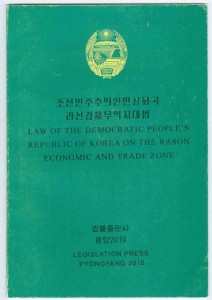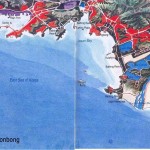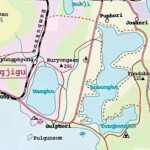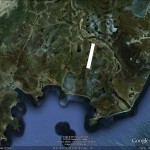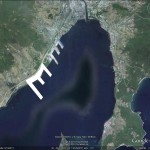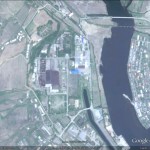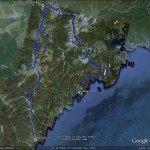According to the Daily NK:
Japanese-made vehicles are disappearing from the streets of North Korea, six years after Kim Jong Il decreed that it should happen. Indeed, just two years ago it seemed that a majority of the vehicles on the streets were still those made by Toyota, Nissan and Mitsubishi, but this is no longer the case.
According to a Chongjin source who spoke with Daily NK yesterday, “In accordance with a 2010 National Defense Commission order saying that all Japanese cars had to be off the streets by last December, now you can hardly see any Japanese private cars or vans in the entire country.”
The NDC order reportedly pertained to private cars and vans of 1.5T or less, although the source said that trucks of Japanese origin are also meant to be phased out over the next couple of years as well.
The move is said to relate to a decree issued by Kim Jong Il in 2006 in which he demanded that all Japanese cars had to be gotten rid of. He apparently issued it after watching unhappily as a Japanese car overtook his own on the Pyongyang-Wonsan highway.
Another case is instructive in showing the degree of official dislike. In 2008, Namkang Trading Co. had already been importing second hand Japanese cars through Rasun for some time. However, a provincial Party secretary received a report on the removal of Japanese cars, and as a result more than 300 such cars were gathered in a local stadium and turned into scrap metal using fork cranes as cadres watched on.
But it was not really until four years after Kim’s original decree that implementation hit its stride, because it took some time to secure sufficient replacement vehicles. Pyongyang municipal, Party, state and security organs were the first to lose theirs in 2010, followed in 2011 by factories, enterprises and foreign currency earning units.
According to the source, “At the time, there were more than 100 perfectly good vehicles taken from North Hamkyung Provincial Party Committee alone.” The transportation head in the province apparently commented that “tens of thousands of perfectly sound vehicles have been gotten rid of nationwide.”
However, in October, 2010, Kim Jong Il delivered cars as gifts to key individuals and organizations. There were nationwide events held to celebrate receipt of the vehicles. Cadres at provincial Party departmental head and above received Chinese vehicles, while local Party secretaries and people’s committee chairmen received Russian ones. Factories and enterprises were subsequently ordered to purchase vehicles produced domestically in Nampo by ‘Pyeonghwa Motors’, a joint venture with the Seoul-based Unification Church, but this didn’t always happen.
The relative popularity of Japanese vehicles in North Korea stems in part from their build quality, which allows them to traverse the often sketchy North Korean roads, and in part from the fact that they used to represent a good trading opportunity in the 1980s and 90s. At that time, such vehicles could be imported from Japan and sold on to Chinese businesses at a profit margin of up to 400%. Domestic popularity was one of the inevitable side-effects of this trade.
Previous posts on this topic here (2007-7-11) and here (2007-7-27).
Read the full story here:
Japanese Cars Crashing Out
Daily NK
Choi Song Min
2012-5-31

